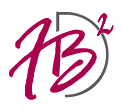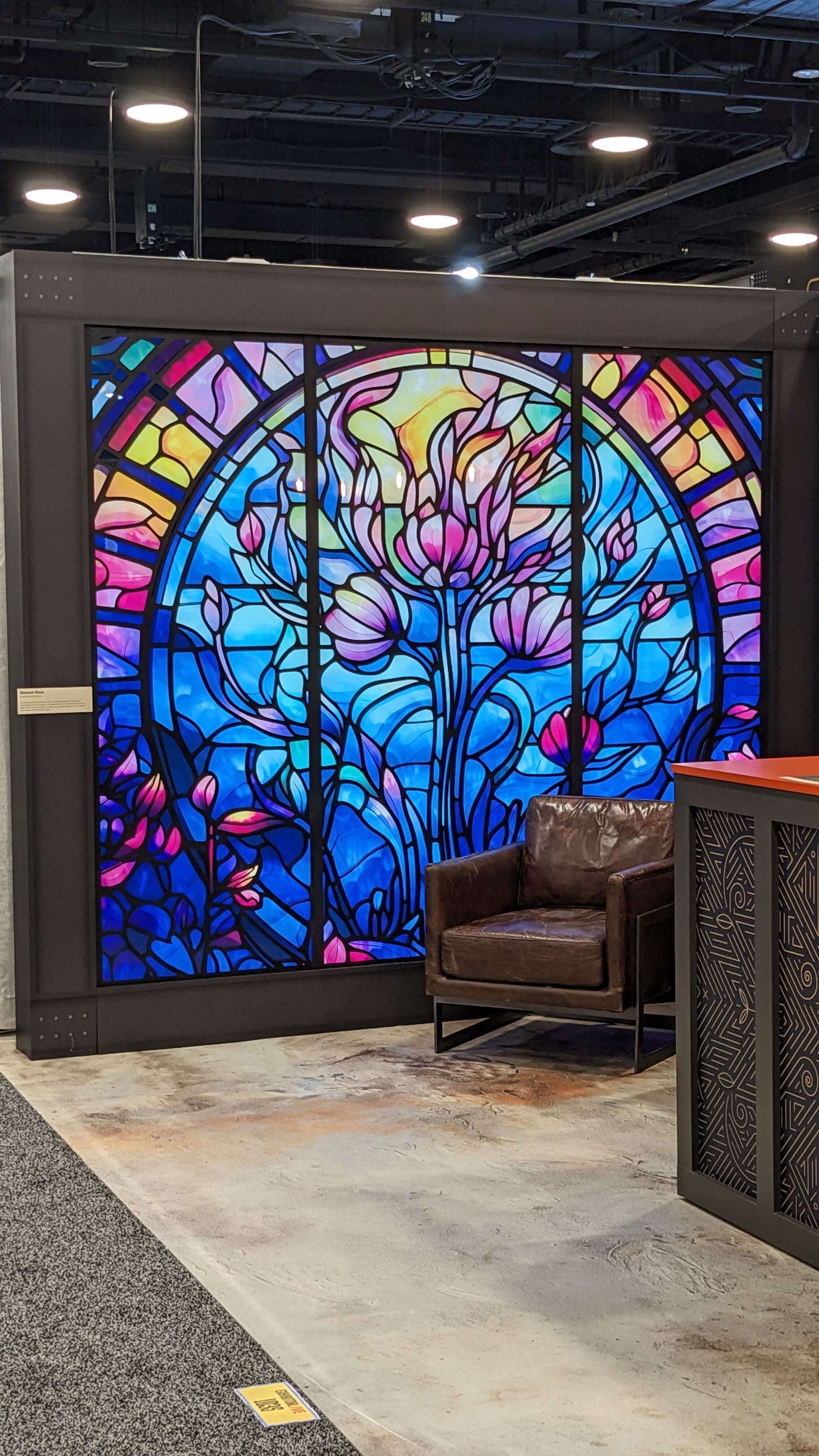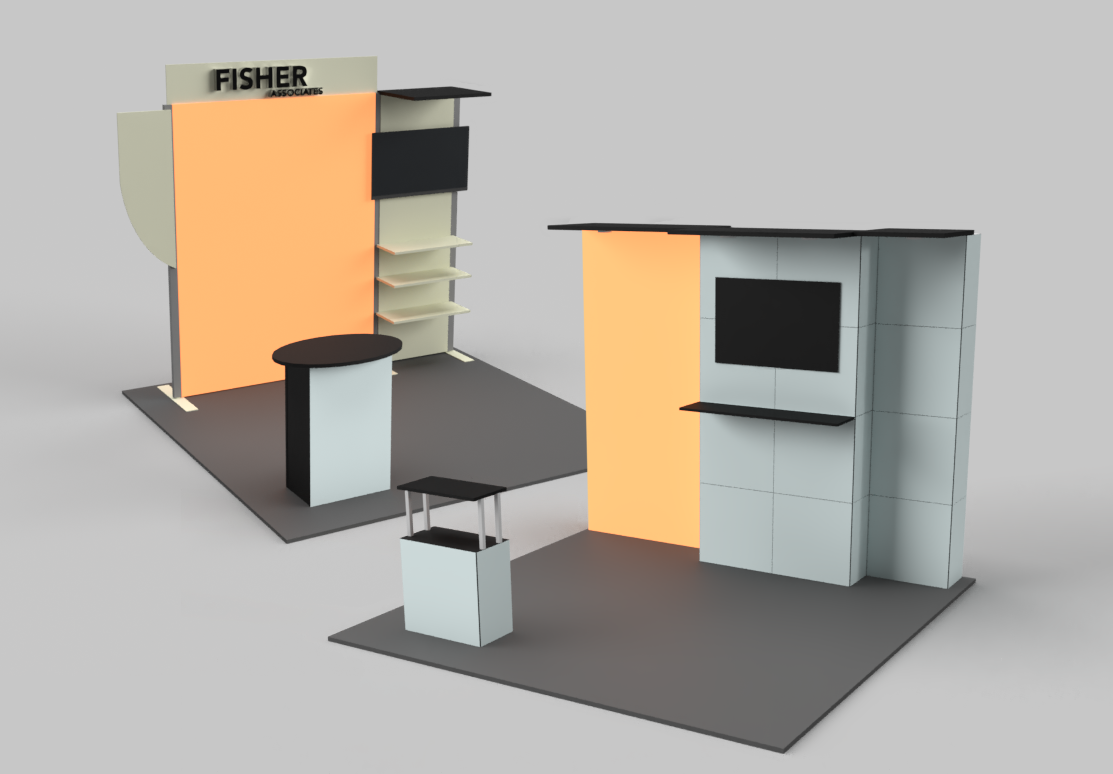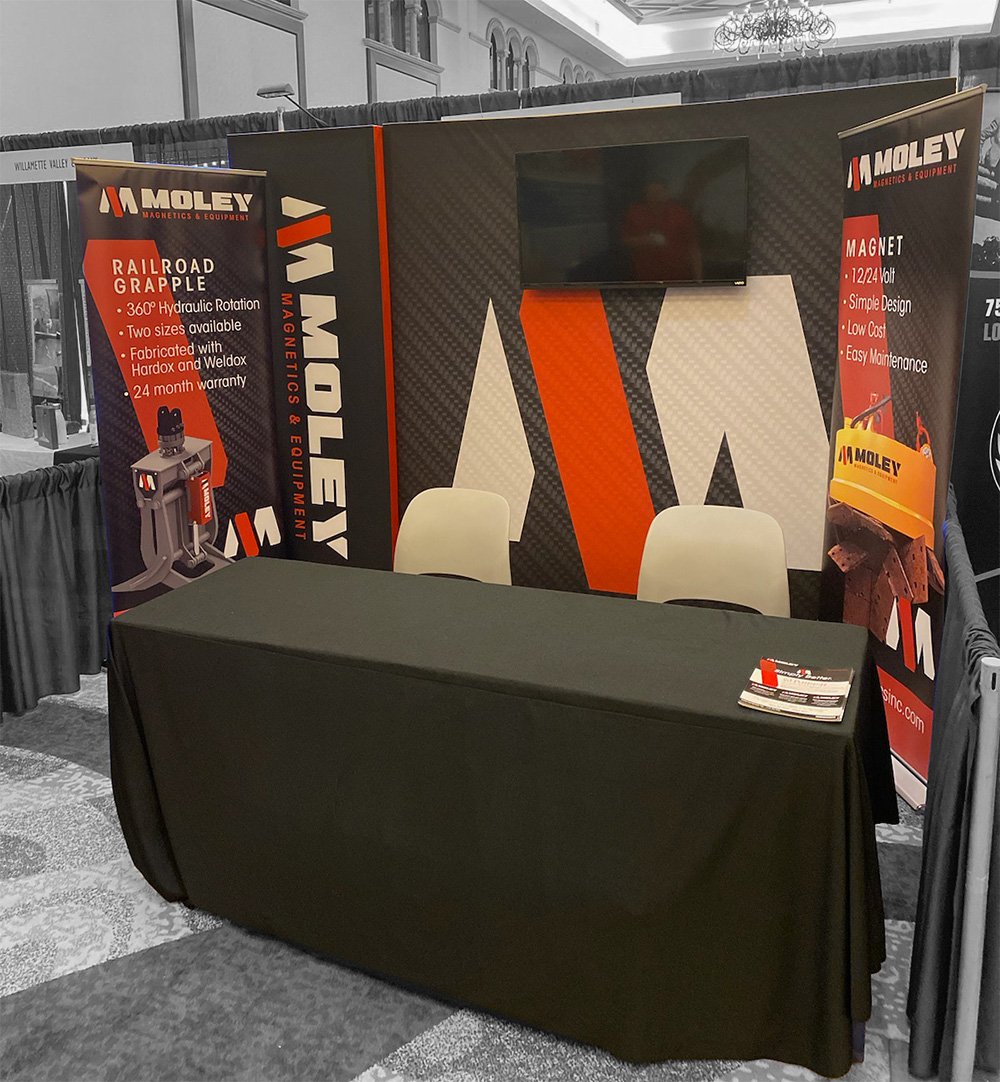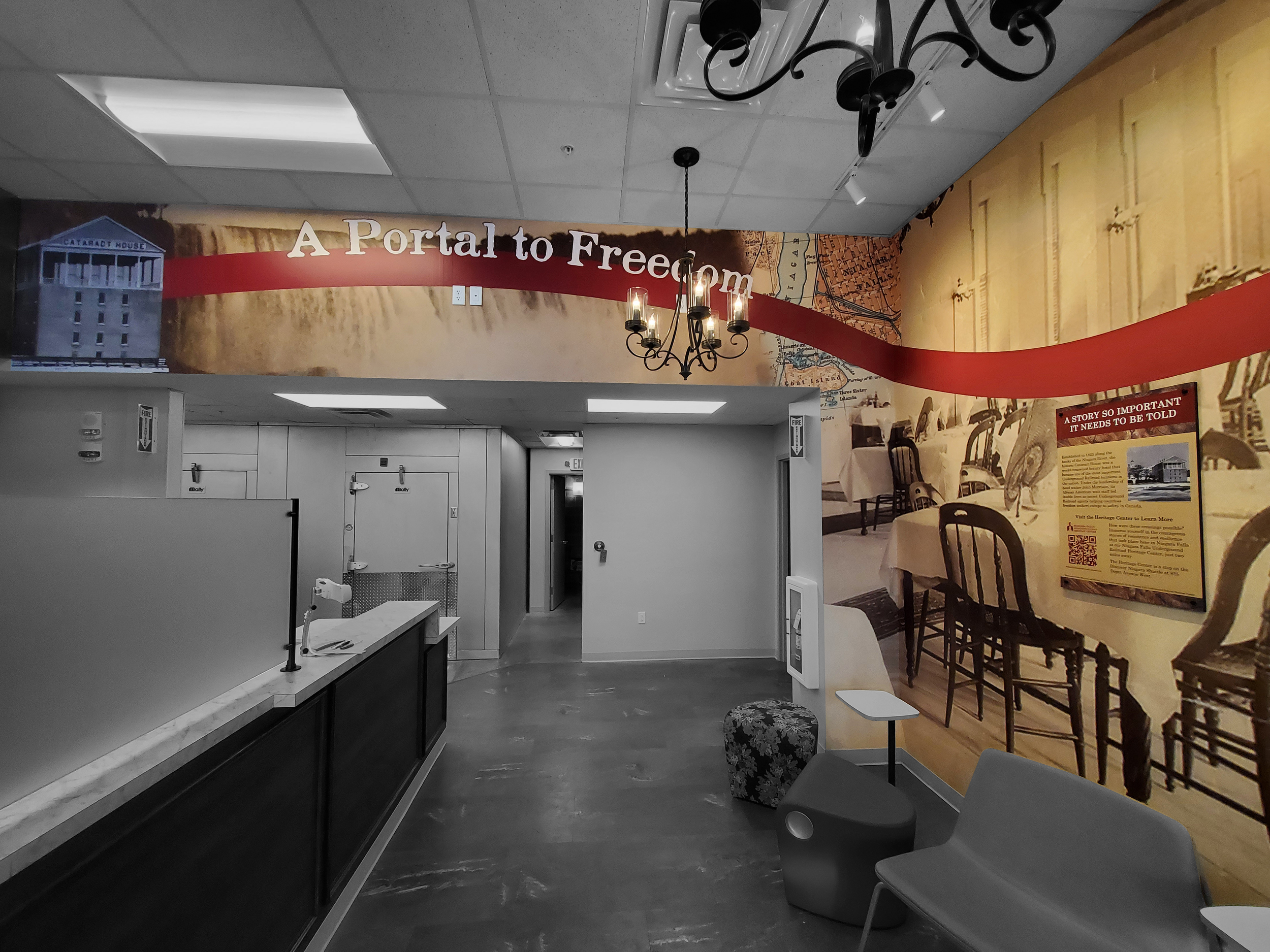Print vs. Web: Designing for Different Applications

In recent years, the role of a graphic designer has undergone a significant transformation. Traditionally, graphic designers were primarily responsible for creating layouts for printed materials such as magazines, brochures, billboards, and packaging. However, this definition has rapidly evolved over the past few decades to encompass the realm of digital design, which includes crafting assets for social media, designing websites, and developing digital advertisements.
While many graphic designers have adapted to working in both traditional and digital mediums, it’s crucial to acknowledge that there are distinct requirements and considerations when transitioning between these two creative arenas.
Resolution
Print design usually requires a high resolution for sharp detail in small prints like flyers. The exception is creating prints made to be seen from a distance, like trade show displays and billboards. Digital design will have a much lower resolution, but must also consider the variations of devices, from cell phones to large monitors.
Medium
In print design, the medium is a huge part of the final product. Achieving accurate color representation in print is a challenge due to variations in printing technologies, substrates, and lighting conditions. A digital design may require “responsive design” to adapt to various viewing methods. These days, trade show exhibits deal in multiple mediums, the most common pair being fabric and monitors or LED panels.
Layout
Layout is probably where the two design types converge the most. All design is subject to the hierarchy of composition in order to create a design with a visual flow. Digital design has a bit more leniency in the layout with the malleability of graphic size as opposed to the standard magazine or packaging size. Creating the layout for a trade show exhibit, also brings in the 3-D aspect: making sure messaging is visible from multiple angles.
Accessibility and Interaction
Digital design has the great advantage of accessibility, with the ability to zoom in, use screen readers for text, and add closed captions for video content. Print pieces have the advantage when it comes to using other senses. Print can provide an elevated experience with the addition of tactile elements such as embossing paper, or adding a perfume scent. The trade show floor has interation built in with the option of backlit displays, touch screens, and most importantly booth staff.
2025 is fast approaching, and if you’re not prepared, you’ll be stuck with late fees and rush charges for your events. We’ve compiled a timeline and a few tips to help you stay on track this coming trade show season.
Reflecting on the 30 years of FB Displays & Designs, Inc., it’s been an incredible journey filled with growth, challenges, and countless memories that have shaped who we are today.
This week we asked around the office to look ahead and predict the future. What will we see in the NEXT 30 years? What will we see from the company? The industry?
After the dust has settled of another busy trade show, performing a post-trade show analysis will help you determine your successes and areas for improvement.
Within weeks of joining Apogee, we were planning a trip to the premier industry trade show, ExhibitorLive. Tara, a few members from the main Apogee team, and I ventured down to…
The Marathon Companies decided to make a splash at this year’s IRE by upgrading to an island booth. Our team at FB Displays & Designs previously designed a 30x10 inline display for them…
I was armed with the show kit, which, back then, was printed on paper in a binder, and I felt like I was going to ace my first install….
Planning a new budget is the perfect time to assess your show program and ensure you’re being mindful in your decisions.
How do you make the most of a 10-by-10 space? Certainly, it's not easy to utilize every inch without creating a cacophony of clutter.
How do you know when it’s time to upgrade? It’s not always as simple as a broken piece you can’t replace.
How do you know when to retire a display? It’s not always just because it breaks. When we first partnered with Fisher Associates…
When FB Displays and Designs was established in 1994, then called FB Portable Displays, carpeting was standard for any and…
The hardest part of a design is when you are staring at a blank page to start. An easy creative ice-breaker is to play around…
There is a lot of planning that goes into attending a trade show. However, if something goes wrong…
After a meeting with a marketing consultant in May, we came to the decision that it was time for a website makeover…
We partnered with the J. Fitzgerald Group to re-energized the Moley Magnetic brand with a bold and modern style.
We’re frequently asked what the big thing in displays is right now. For a time, our go-to answer has been backlighting. Now …
Trade shows are making a comeback but not everyone is ready to go full out on a new display. Exhibit rental is a great…
When people hear that I work in trade shows, they often say something along the lines of, “It must be amazing to get to travel…
In the three to seven-second glance passing attendees give you on the show floor, your graphics need to make them stop…
FB Displays and Designs is proud to announce its sponsorship of the newest exhibit in the Buffalo Naval Park museum…
Planning ahead will save you time and money on your next setup. Here’s a list of ten tips that will help…
FB Displays and Designs is proud to celebrate the grand opening of The Cataract House Restaurant & Academy…
The Level display brings a unique blend of depth and motion to the show floor through its sliding panels and dimensional frame.
When showcasing your company at a trade show, your exhibit represents who your company is, and why you’re different from…
The New Year symbolizes new beginnings. When strategizing your new marketing initiatives, think about how…

